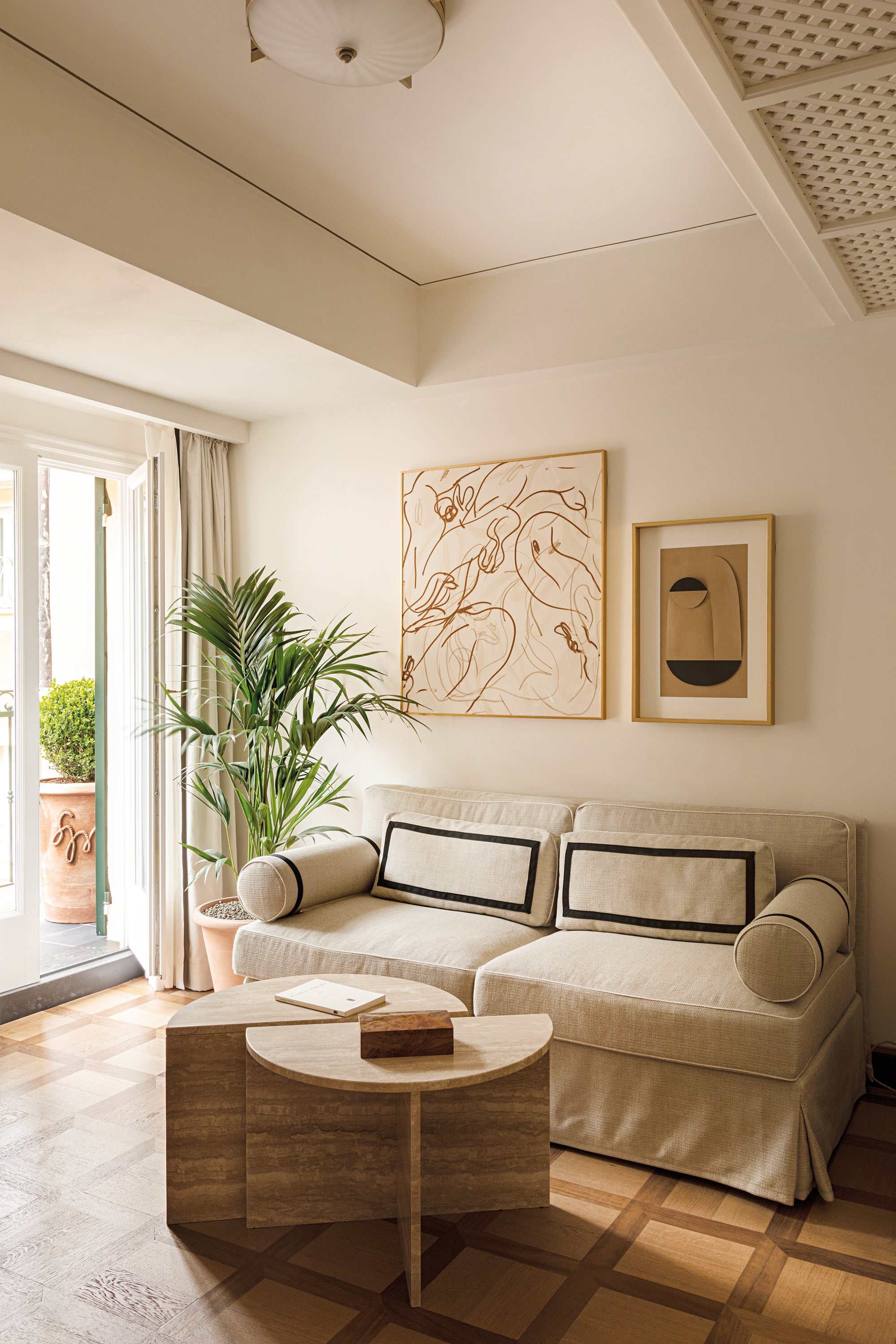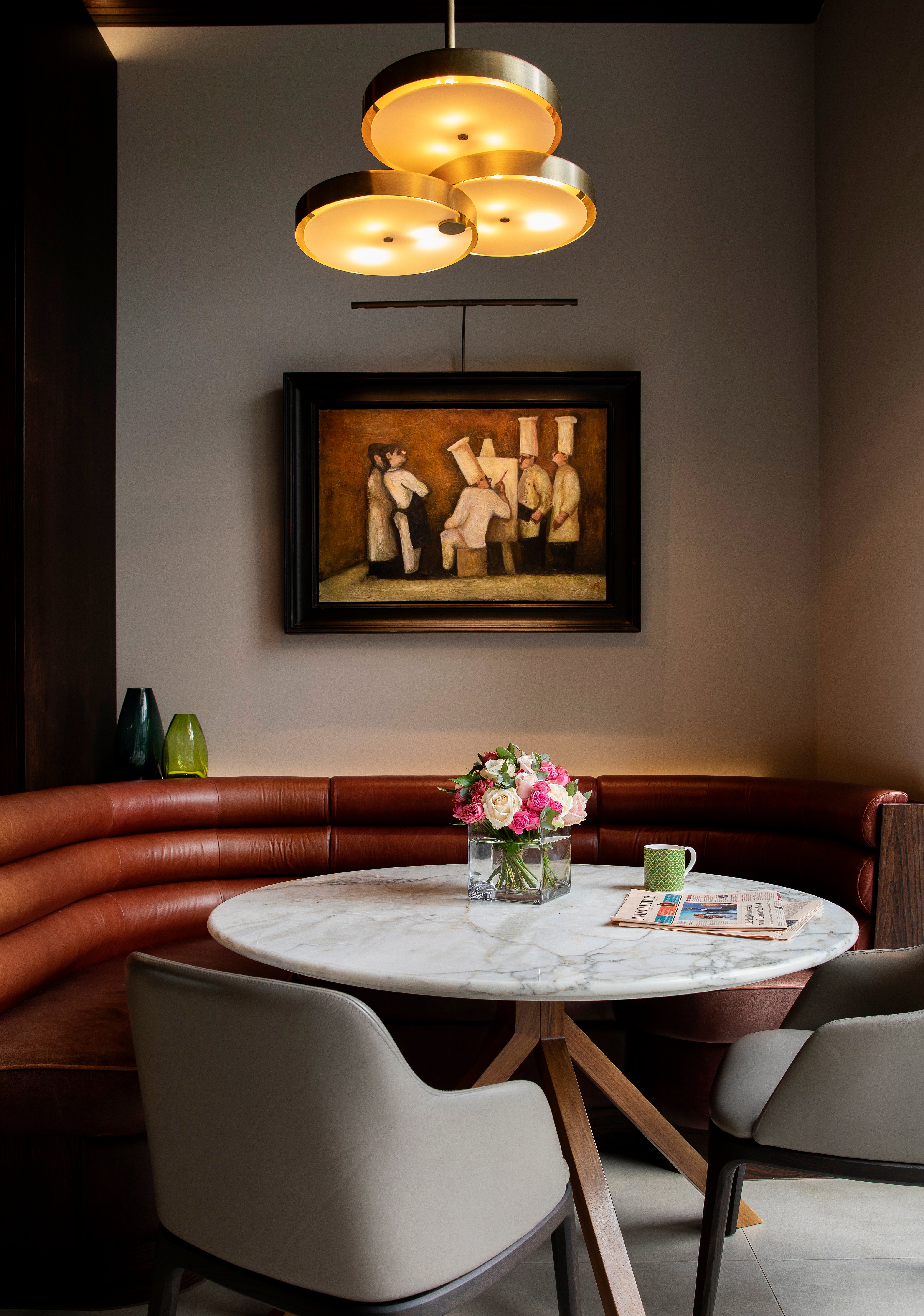Art Month’s over – so now what? How to move, hang and light your art
Anya Cooklin-Lofting speaks to three art experts about what to do once you’ve made that art purchase

Your support helps us to tell the story
This election is still a dead heat, according to most polls. In a fight with such wafer-thin margins, we need reporters on the ground talking to the people Trump and Harris are courting. Your support allows us to keep sending journalists to the story.
The Independent is trusted by 27 million Americans from across the entire political spectrum every month. Unlike many other quality news outlets, we choose not to lock you out of our reporting and analysis with paywalls. But quality journalism must still be paid for.
Help us keep bring these critical stories to light. Your support makes all the difference.
In certain circles, October has become known colloquially as “art month”, playing host as it does to Frieze London and Frieze Masters, PAD London, StART Art Fair, and the Affordable Art Fair, among many other art fairs and industry gatherings. The global diversity of the art community that gathers in London during art month means there’s something for everyone, from Blue Chip investment pieces to limited prints for new collectors. But art month has come to a close, so what next? Is your latest acquisition languishing in a gallery’s storage rooms awaiting shipment, or is it propped uncertainly on your sideboard while you decide where it should live in the long term?
This week, I spoke to three art experts about what to do once you’ve made that purchase, from moving your new artwork between homes and countries to hanging it, and finally, to lighting it.
“Transporting art means carrying and caring for objects that are unique, culturally significant, financially valuable and personally important,” says Edouard Gouin, a co-founder at the art shipping company, Convelio, which is responsible for the development of the first instant quoting tool for fine art logistics services. “These can be passion pieces, heirlooms, investments or gifts, but no matter the purpose or destination of these objects, all shipments require the utmost care and attention with correct and complete knowledge of the journey each piece takes from A to B.”
Gouin and his fellow co-founder, Clement Ouizille, started Convelio in the spirit of contemporary ecommerce. Traditionally, moving a piece of artwork takes weeks of preparation and can be hugely slow-moving and frustrating. With the automated pricing technology the duo has developed in-house, the process has been completely rethought, from the packaging material costs to sustainability concerns, insurance options to bespoke restoration guidance. Clients, be they individual collectors, interior designers or even businesses, can save time, money and resources by using Convelio’s technology to define a quote in seconds.
However, any art shipment project requires basic information to get the ball rolling. “Your shipment’s weight, dimensions, fragility and value should be at the forefront of your mind,” says Gouin. “It’s also important to be mindful of what the risk factors are to the artwork you’re moving. Think about your shipment’s fragility, temperature control or shock requirements, and choose a shipper that can cater to this,” he says.
Once your artwork reaches its destination, it’s time to give it the home you might have envisaged for it on first viewing. Beth Fleming, the lead curator at Artiq, an art procurement, delivery and curation agency, says: “Once you begin collecting art, the next important steps involve protecting each piece with careful framing, and of course, showing them off through methods of thoughtful hanging and display.” For Fleming, it’s all about positioning your artwork for maximum impact: “Look for inspiration all around you, including galleries, museums, stately homes, cafes, hotels, places of work and restaurants,” she says, adding, “the art that sits all around us is consciously framed and displayed to draw us in and connect us to the art piece in a more intimate way.”

“The most important thing is to consider the hanging height of your artwork,” says Fleming. “Art is best viewed at eye level approximately at the midpoint of your artwork. A guideline height from the floor would be roughly 160cm. For clusters or salon hang arrangements ensure you have a central focus held by the larger or more striking pieces to form this central point you can then add smaller frames that will build out from this eye-level viewing height.”
One of the most underexplored ways to elevate your art collection at home is with art lighting. Rehanging your artwork to play with themes and subject matter or colour and texture can bring new interest to any room, but your collection can become so much more impactful in the space with some considered lighting. “Light is what allows us to see art and using the correct type of light is fundamental to perceive the depth, texture, detail, vibrancy and colour of an artwork,” says Andrew Molyneux, a co-founder at TM Lighting, the art lighting specialist behind this year’s Frieze London exhibition, as well as the collections at Goodwood House, Burghley House, The Wallace Collection, Apsley House, Blenheim Palace and some of the most sought-after private homes in the UK.

Molyneux advises his clients to be mindful of the kind of light under which they’re viewing their collections. This approach ensures the artwork can be viewed in the clearest possible light without any glare and without damaging the artwork with over-lighting. “We use LED lights in all of our art lighting fixtures because they don’t contain damaging UV or infrared light, meaning they won’t damage the colour. They also enhance natural daylight for better rendition, add sensitive colour temperature levels to lighting schemes to add atmosphere, and they ensure colour consistency, which is crucial for the uniformity of colour under the lights.”
The presence of glare is arguably one of the most common and frustrating art lighting errors, so to combat this, Molyneux suggests, “avoiding placing glazed artworks directly opposite large windows,” and using tactically angled lighting to “reduce visible reflections.”

Join our commenting forum
Join thought-provoking conversations, follow other Independent readers and see their replies
Comments